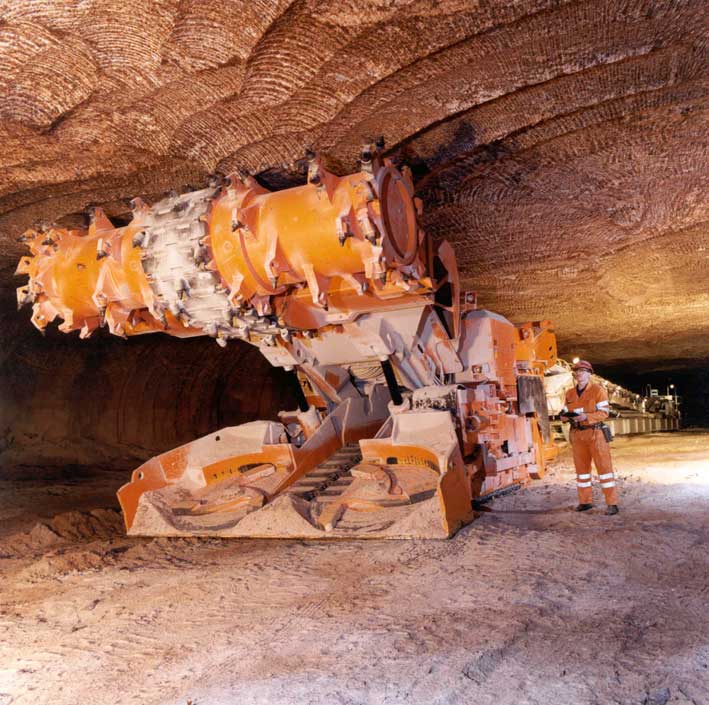
Posted by Gregorie / February 19th 2015
Paper, Scissors, Stone… Industrial, Sea, Rock
Arguably there are two types of salt: Rock and Sea, but how you extract it gives us the third option, ‘Industrial’. Ultimately though, they all still come from the sea!
Industrial Salt: this is the stuff you would find down at the local chip shop most commonly referred to as Saxa salt. This is produced by pumping water underground into a huge salt deposit, the water dissolves the salt and is then pumped back up to the surface where it is evaporated through a series of vacuum tanks. The salt formed is the most chemically accurate sodium chloride available.
Rock Salt: this is generally what you would expect to find in a grinder. The most fashionable one at the moment is Himalayan Salt – which is ancient sea water that was been landlocked for thousands of years, dried up and then buried in the ever growing Himalayas. It is now mined using explosives or continuous miners, these are awesome teeth-whirling grinding machines that show no mercy, sort of immense salt grinders.
Sea Salt: the standard bearer, often sprinkled onto meals at the end - a classic finishing salt. Some consider the cream of the crop to be Fleur de Sel (flower of the sea) – simply put, seawater evaporated. More than 99% of this is done by solar evaporation, however in places where the sun is not so strong (such as UK) have to use other forms of energy to heat the water up and a good douse of their imagination to accelerate the process.

